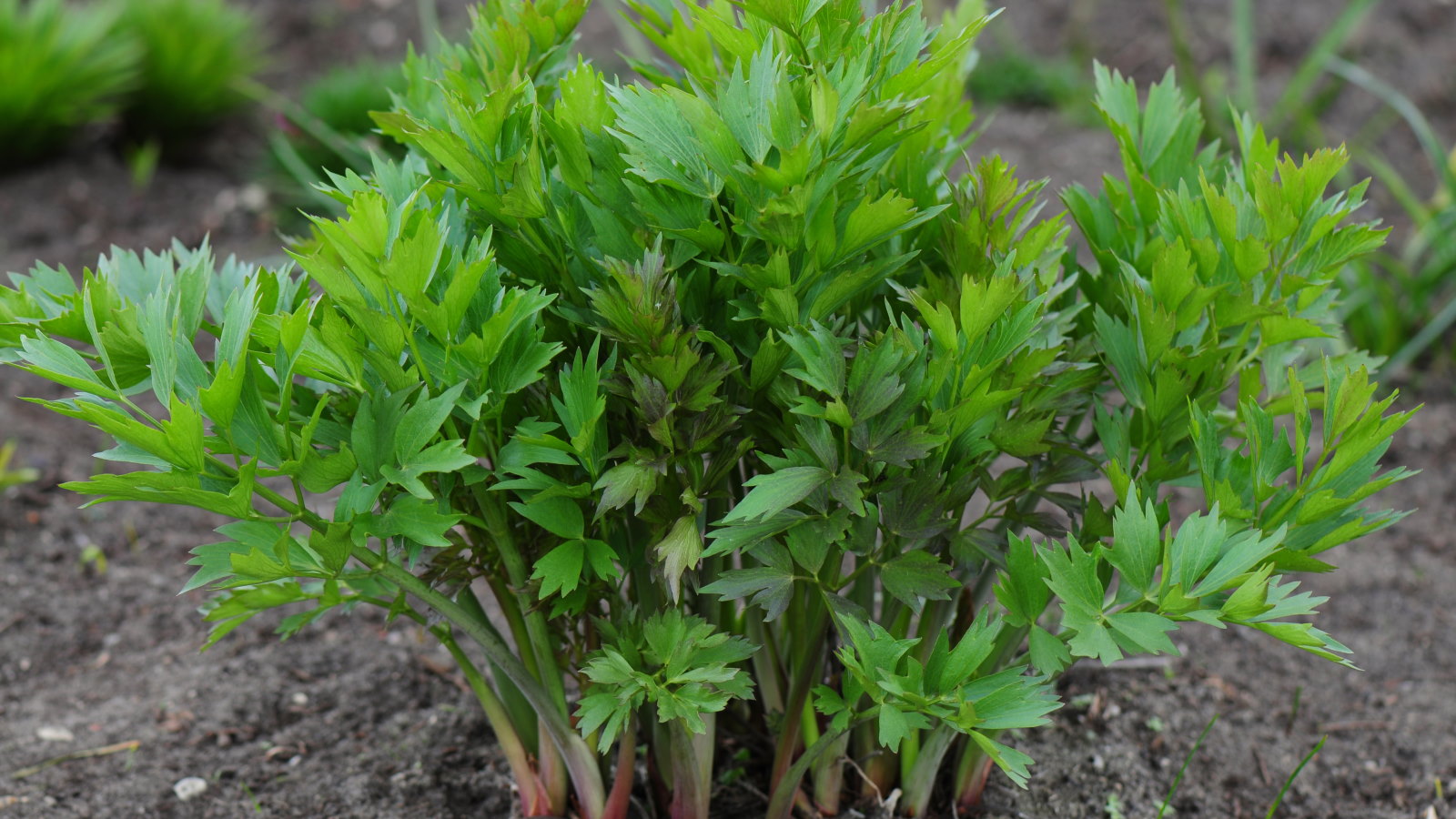
Lovage may not be a very well-known herb, but it should be. It is a statuesque perennial herb that can reach six feet in height and the leaves, stems, and seeds are all edible. With a taste similar to celery and parsley, lovage can be used in a wide variety of dishes.
Lovage hails from the Mediterranean and has been used for centuries for culinary and medicinal uses. It is a very easy herb to grow and one that has been featured in several different kitchen gardens I worked in. Lovage was always hugely popular with the chefs I grew for, and I would say it deserves a place in more people’s herb garden ideas.
If you are looking for new or unusual herbs to add to your yard, lovage is well worth considering. When you grow lovage you have an impressive and vigorous plant that can be harvested many times throughout the year - plus it requires little maintenance.
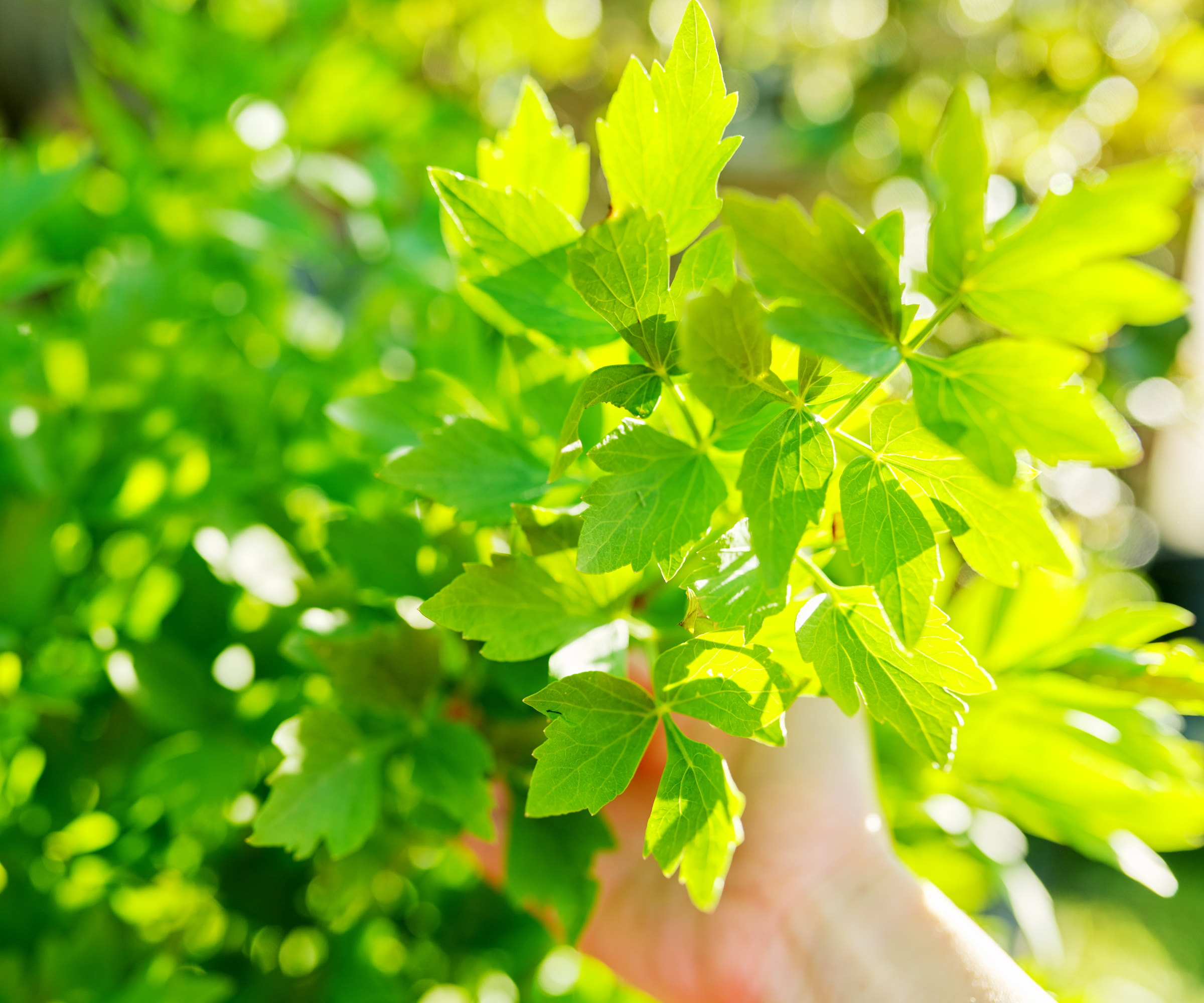
What is lovage?
Lovage is a perennial herb related to celery and can thrive in US hardiness zone 4 to US hardiness zone 8. It is a hardy herb that will die back in the fall and burst into life in spring, growing tall light-green stems and divided leaves. Lovage is in the parsley family and there is only one variety Levisticum officinale to grow at home.
As I mentioned, I have grown and harvested lovage for many years in kitchen gardens and I also got some extra tips from an experienced horticulturist to talk through how to grow lovage successfully.
How to grow lovage from seed
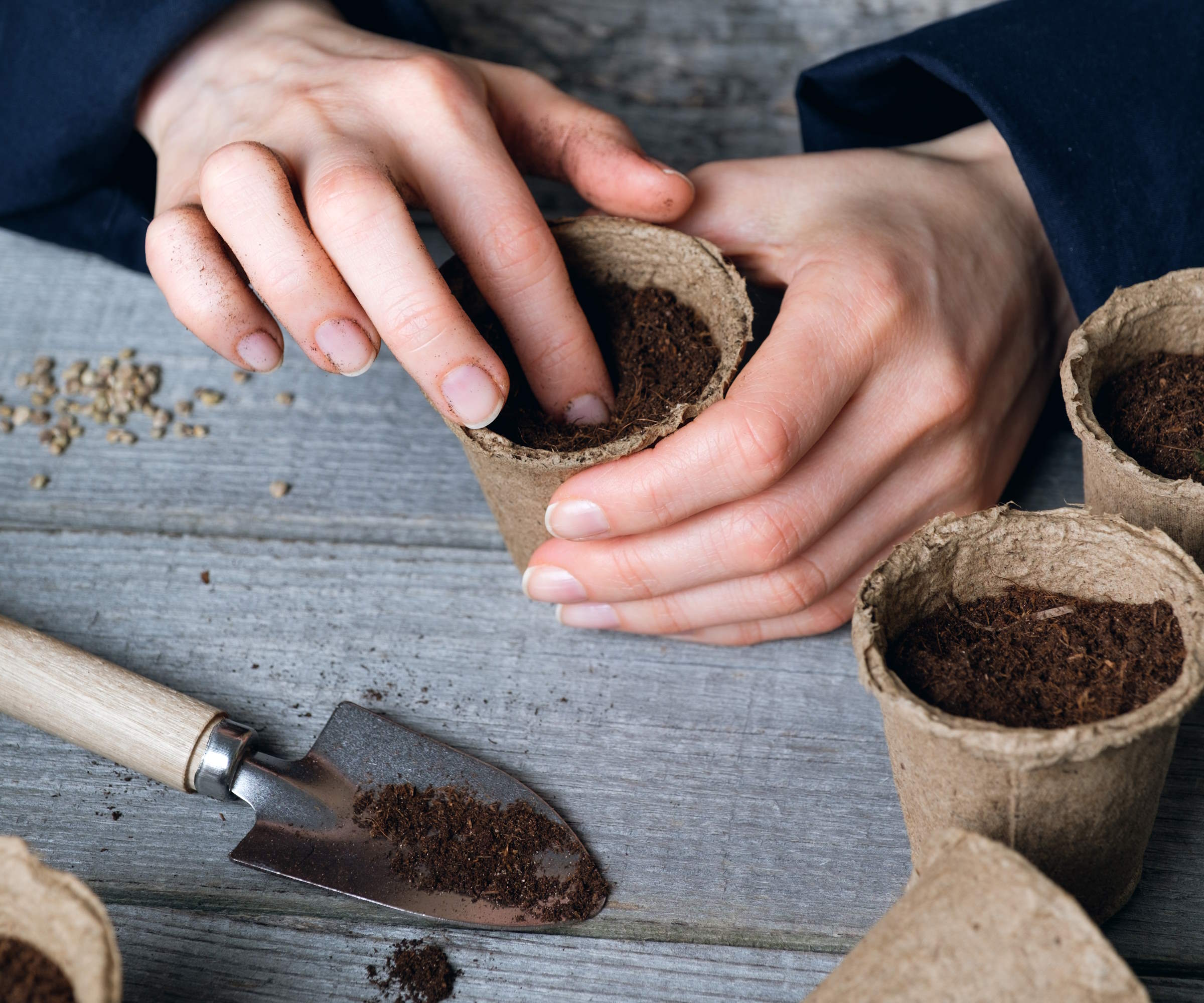
Several options are available if you want to grow lovage plants to add to your backyard ideas. You can buy young plants from retailers throughout the growing season or propagate herbs from seed. Lovage seeds are commonly available and you can get harvests during the first summer from a spring sowing.
You can sow lovage seeds indoors or outside in spring. Sow seeds indoors 4-6 weeks before your last frost into module trays or individual pots filled with seed-starting compost. Sow the seeds onto the soil surface and cover them with a thin layer of compost or vermiculite. Give the seeds temperatures of at least 60°F, courtesy of a heated propagator or warm windowsill, and keep them moist for good germination.
Thin the seedlings as they appear to one per module or pot and keep them somewhere warm until after the risk of frost has passed. Then harden off young plants for up to a week before transplanting the seedlings into the garden in late spring. Space lovage plants at least 18 inches apart.
Sow seeds outdoors in the spring once the soil temperature warms to at least 60°F. This may be from March to May depending on your US hardiness zone. Weed and rake the ground level before sowing and thinly spread the seeds, covering them with a fine scattering of soil. Keep the soil moist and thin seedlings as they appear.
A pack of heirloom lovage seeds to sow in spring indoors or outdoors to grow plants of this perennial herb.
A rich, premium potting soil blend designed for starting seeds and rooting plant cuttings.
A pack of five 72-cell module trays for growing a wide range of plants from seed at home.
How to care for lovage
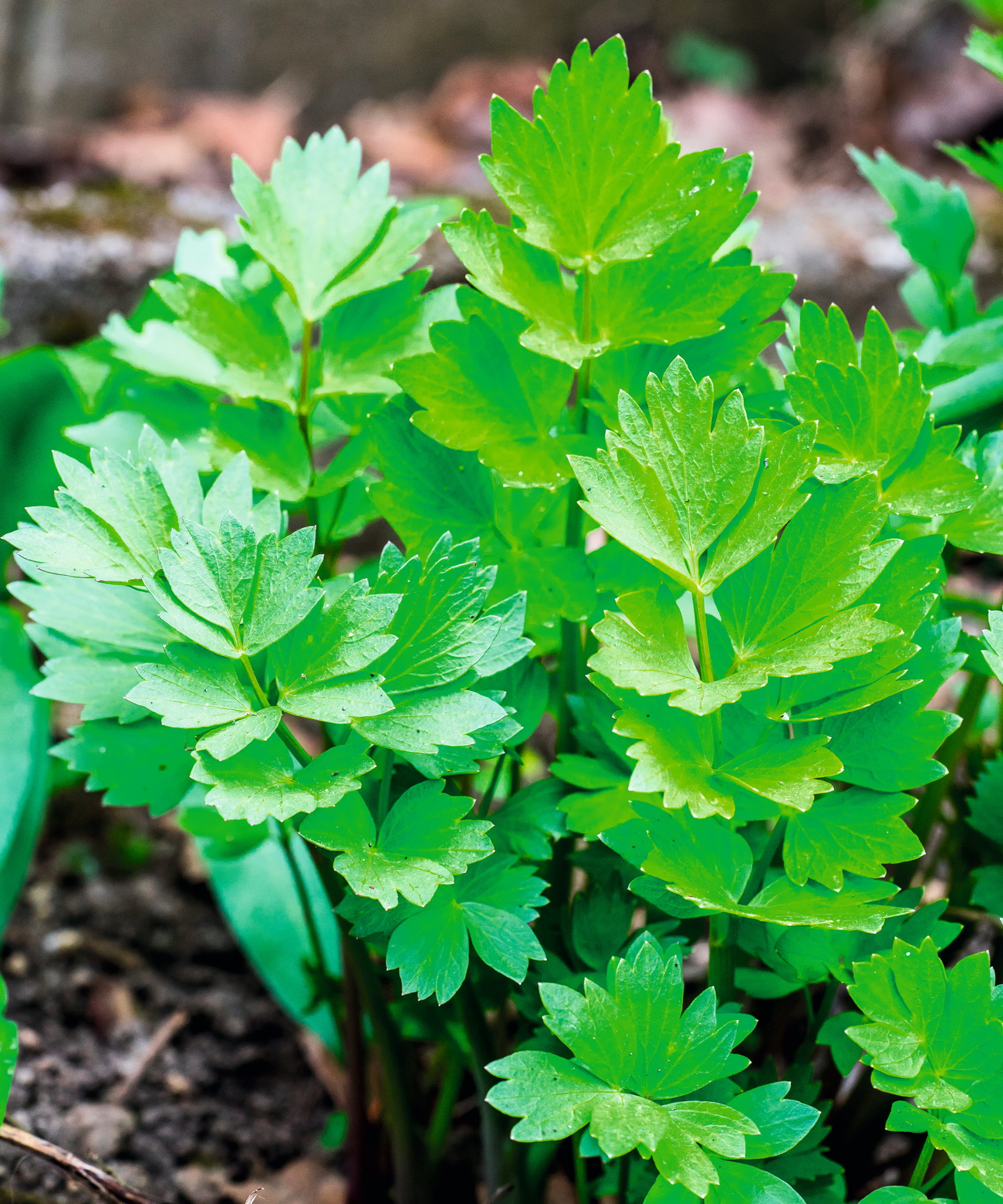
Grow lovage in the right conditions and it will thrive, providing you with great harvests for many years. ‘Lovage does best growing in full sun but tolerates part sun.’ says Nancy Awot-Traut, a plant expert from Burpee. In particular, growing lovage in a spot that gets afternoon shade can benefit plants in warmer US hardiness zones.
‘Lovage also tolerates a wide range of soil conditions as long as it’s provided with ample moisture during the growing season,’ adds Nancy. Getting the soil type right can be important, it wants to be rich and well-draining. Adding organic matter, such as compost or well-rotted manure, to the spot can boost the fertility and structure.
Keep a close eye on when to water plants. The crop needs regular water to get established and prefers to grow in consistently moist, but not waterlogged, conditions. It often means a close eye is needed to keep the soil moist in summer and prevent it from drying out.
Lovage is typically easy to car e for and requires little maintenance once established. Along with monitoring watering, mulching around plants annually in spring can help to smother weeds and boost the soil moisture-holding capacity. The plants will not need any other feeding throughout the year.
Regular pruning should be carried out when you grow lovage. Trimming the vigorous plants often keeps them compact and encourages fresh growth. Lovage can be pruned throughout the summer and the plants will die back to the base during late fall and early winter. Simply cut back the plants to just above the ground level in fall or early spring and they will start growing again come spring.
How to harvest lovage
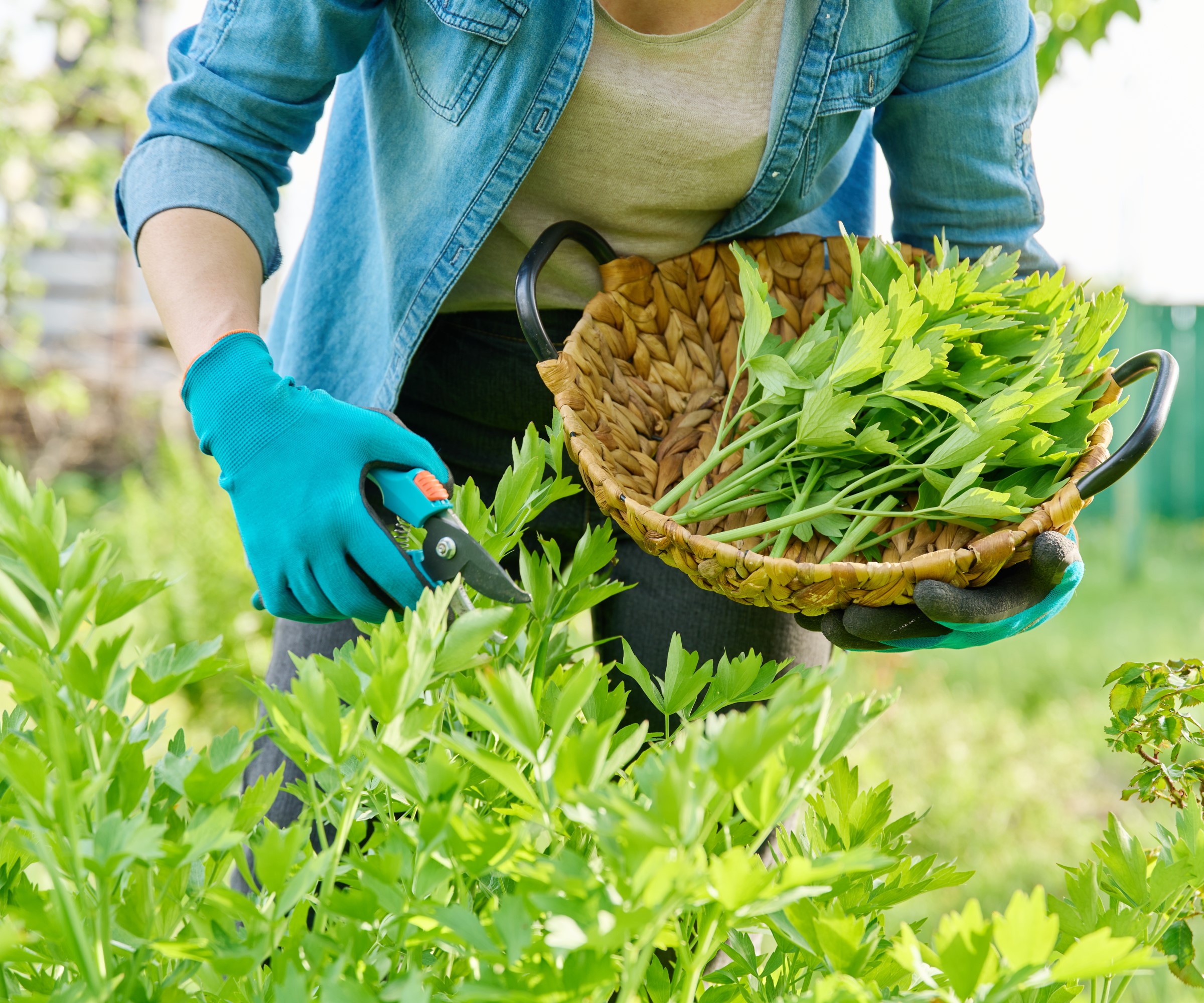
The leaves, stems, and seeds of lovage are all edible. The leaves are the primary crop harvested throughout summer when they are large enough to use and are often added to stews, soups, salads, or potato dishes.
Simply snip leaves and stems as required with clean and sharp pruning shears throughout the season. Take the older growth first and regular harvesting will encourage fresh growth. The leaves will turn bitter once lovage has flowered, so remove flower stalks as they appear or stop harvesting.
Lovage seeds can be harvested once the seed heads dry and turn brown and they tend to be used in baking or as seasoning. If you do not wish to collect seeds, cut off the seed heads once they develop otherwise lovage will self-seed itself around the garden.
How to grow lovage in pot
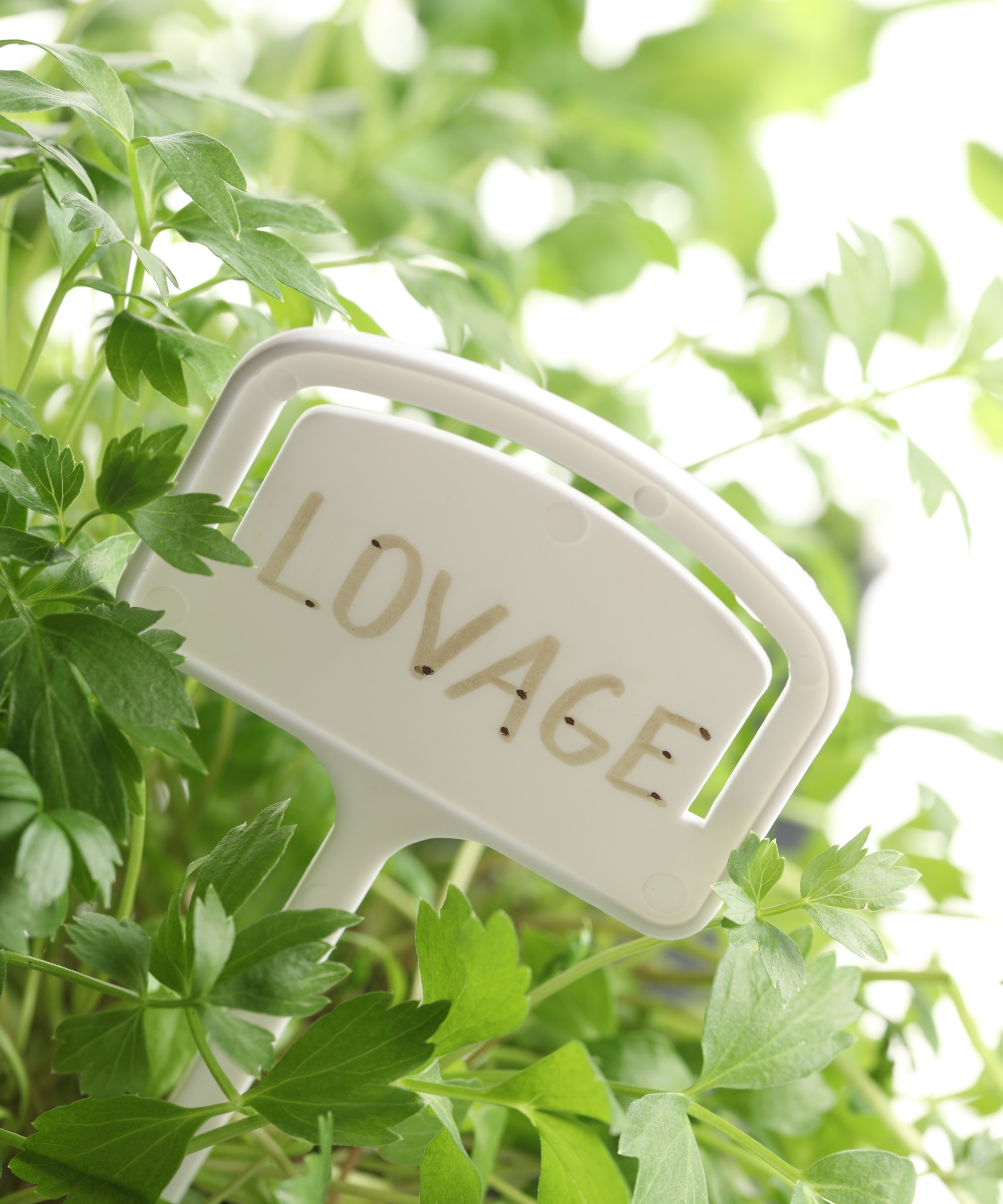
You can grow lovage as part of a container garden and Nancy Awot-Traut from Burpee claims: ‘Lovage can thrive in a large, heavy container.’ A large pot is essential as lovage grows a large root system, however, do not add plants to a mixed herb planter as it can smother other plants.
Any container must be at least one foot wide and deep, with drainage holes to allow excess moisture to escape. Fill the chosen pot with quality potting soil and purchase plants or sow seeds indoors or outdoors to grow lovage plants to fill the container.
Place the pot in a sunny but protected area, as Nancy Awot-Traut warns: ‘Its tall stalks may cause instability in the container during inclement weather.’ Choosing a weighty container and placing it somewhere sheltered can prevent the pot from toppling in strong winds.
Check the moisture levels under the surface with your fingers or a soil moisture meter, available at Amazon, to judge when to water plants in containers. Keep lovage consistently moist and regularly harvest the herb to keep it controlled.
FAQs
How tall does lovage grow?
Lovage is a vigorous grower and can reach up to six feet in height during the growing season. This can be restricted by regular trimming and harvesting during the summer months.
Can you grow lovage from cuttings?
You can grove lovage from root division if you want more plants for free. Divide plants in late fall or early spring, lifting the clump and cutting through the roots with a sharp spade or knife - such as a hori-hori knife available at the Gardening Know How shop - and transplanting the sections into deep holes with some compost mixed into the soil.
Lovage can often be used interchangeably with fresh parsley in dishes. However, having parsley to harvest at home gives you a chance for fresh harvests for sauces or garnishes. If you plan to grow parsley, there are two different types to grow and flat-leaf parsley has a stronger flavor than curly parsley.







